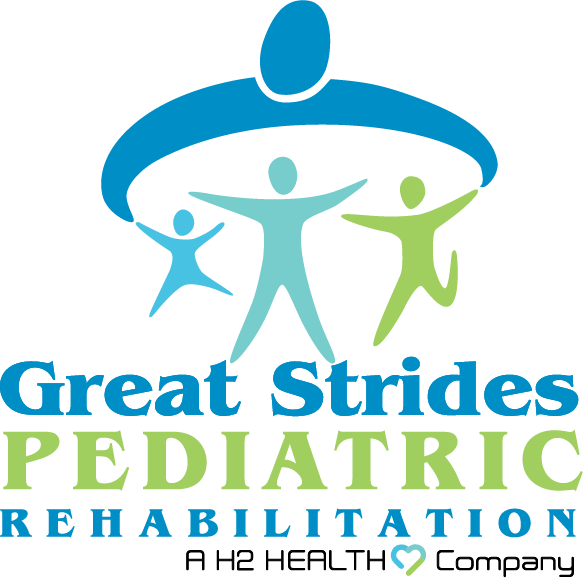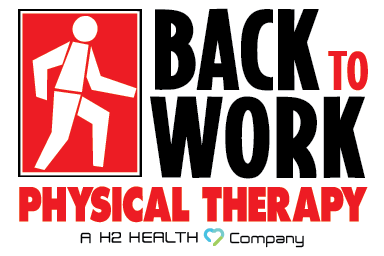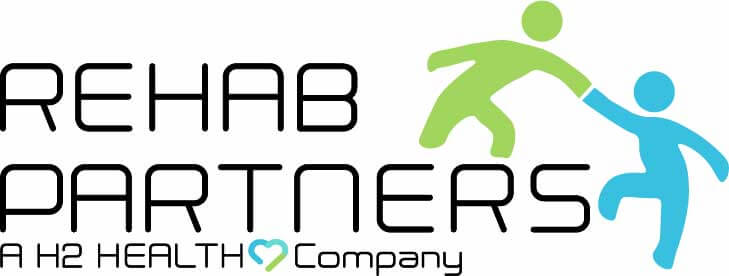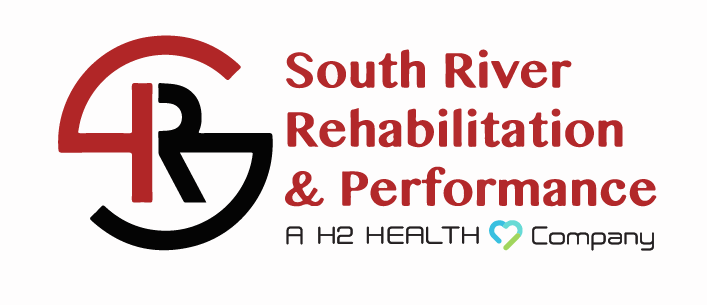
Know the signs and triggers of Dementia.
Dementia is not a single disease; it’s an overall term — like heart disease — that covers a wide range of specific medical conditions, including Alzheimer’s disease. Disorders grouped under the general term “dementia” are caused by abnormal brain changes. Many conditions are progressive, which means that the signs of dementia start out slowly and gradually get worse. These changes trigger a decline in thinking skills, also known as cognitive abilities, severe enough to impair daily life and independent function. They also affect behavior, feelings and relationships. Signs of dementia can vary greatly. Examples include problems with…
- Short-term memory.
- Keeping track of a purse or wallet.
- Paying bills.
- Planning and preparing meals.
- Remembering appointments.
- Traveling out of the neighborhood.
- Formulating thoughts and expressing needs.
If the person with dementia cannot formulate the words or thoughts to tell the other person how they feel, that they feel scared, sad or angry , etc., the individual usually reacts with what we view as “negative behaviors”, such as shouting, pacing, cursing, hitting, to name just a few. By taking the time to explore and consider the triggers that are causing the resident to be upset, you will likely understand how to better communicate with them, predict future upsets, and make life a little easier all together. Common triggers include…
- An environment that is overwhelming to their senses.
- Being surrounded by too many unfamiliar faces.
- Having someone approach too quickly out of direct eyesight.
- Being confused about their location and how they got there.
- Having someone talk too loudly or forcefully to them.
- Invading personal space.
- Misunderstanding directions or questions.
- Being startled by a loud noise or by loud voices.
- Feeling demeaned or disrespected by friends, family, or caregivers.
- Side effects from, interaction with, or adverse reaction to medications
Learn to Identify Triggers with this Acronym: Please B.R.E.A.T.H.E.
Please: The P is for PAIN
Pain should be the first source of a behavior to rule out. Pain is the more frequent cause of many behaviors. Even if the individual with dementia is not able to verbally acknowledge pain or discomfort, pay attention to their non-verbal facial and extremity cues. Using a visual pain level scale can be helpful too to help identify the level and location of the pain.
B: BORED
Do you have a daily structure? Does the resident have a favorite activity or meaningful task they can still engage in? Is exercise a part of their day? Are you spending quality time interacting, and not just being in the same room with them? If no, then they are probably bored and expressing a desire to be engaged and purposeful.
R: RESTROOM
When is the last time he/she has gone to the toilet? Could he be discomforted? Constipated? Full bladder? Incontinent? This can be so upsetting to the person with dementia. Establishing a routine of specific times to go to the bathroom throughout the day will help reduce this source of behavior manifestations.
E: EXHAUSTED
Does the resident need a break? While keeping them occupied throughout the day is important, equally important is offering times of rest, wind down, or naps. Avoiding stimulants such as caffeine, candy, television, loud noise or high energy activities prior to rest or sleep are necessary.
A: ANXIOUS
The person with dementia is biologically experiencing a profound loss of their ability to negotiate new information and stimulus. They are experiencing so much loss in their life. How would you feel? Scared, anxious, fearful, needing support and reassurance? Be empathetic to the loss in their life, validate, than offer ways to prevent or reduce the agitation caused by anxiety by creating a calm environment, removing stimuli, and simplifying their world.
T: THIRSTY
Persons with dementia should drink six to eight glasses of fluids each day – more if they have hard stools, just like the rest of us. If the individual refuses, or makes taking a drink difficult, try using visual cues to orient them to what you want. They may have simply forgotten what to do next. If avoiding hydration is a behavior rooted in anxiety or paranoia, try simplifying the task, and not asking “Do you want a drink?” Simply say, “It’s time to drink.”
H: HUNGRY
It seems that dementia residents always have eating issues, whether it’s eating too much or too little. There usually isn’t a happy medium. You must remember that appetite is controlled by the brain. Try leaving many healthy snacks around the house, so they can eat on the go. When setting the table, avoid plates that do not provide contrast. A person with dementia usually has visual/spatial problems which might translate into not being able to see the food on the plate, especially if the plate is white. Try using alternate, bold colors to distinguish the plate and cups from the table cloth or table. Additionally, check your loved one’s mouth for sores and thrush, which can often go unnoticed or not vocalized as being painful or discomforting.
E: ENVIRONMENT
The environment is so often overlooked, and yet it plays a large role in behaviors. Is the area too hot, too cold, is it loud or too quiet, too much activity or not enough visitors, is the room cluttered or busy? Persons living with dementia often have extraordinarily fine tuned senses. The things we don’t pick up on, like the heat or A/C unit turning on can be extremely discomforting to them. Pay attention to the surroundings. Again, using picture cues to help identify possible environmental triggers can be a tremendous tool.
H2 Health helps people with dementia live life to the fullest through specialized physical, occupational, and speech therapy services in their home. To learn more, call (904) 618-3778 or email seniorservicesfl@h2health.com.




































